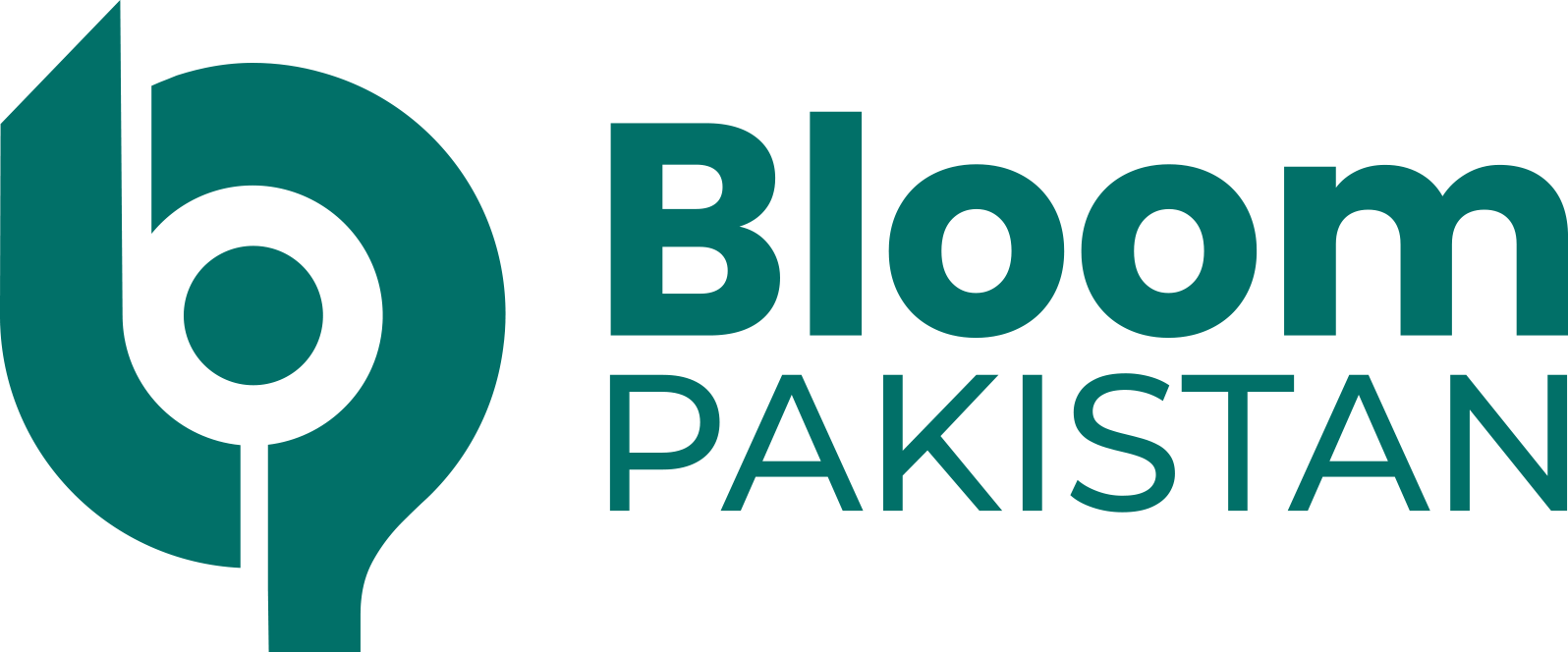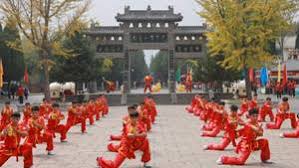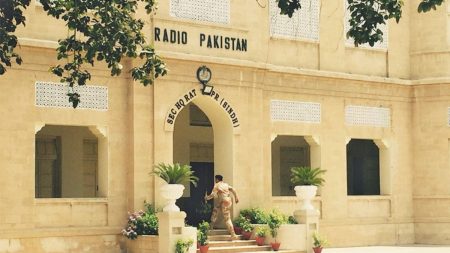Islamabad, Oct 20: Pakistani Students Participate in Chinese Martial Arts Training Camp in Shanxi. Over 100 international students, including 79 from Pakistan, attended an international martial arts training camp in the northern province of Shanxi from October 12 to 18. Participants had a rare chance to learn about Chinese martial arts, a significant part of traditional Chinese culture, at the event.
Anza Ijaz Hayat, a medical student at Shanxi Medical University, was one among the Pakistani students. Anza’s parents and siblings are both medical professionals, hence she comes from a family of doctors. Her second brother is presently enrolled at Shanxi Medical University, while her eldest brother received his degree from Shanxi University. Anza made the decision to study medicine in China after being inspired by her family.
“I enjoy helping people, especially when it comes to birthing. Anza declared, “I want to specialize in obstetrics and gynecology.” She also talked about how her time practicing martial arts had been amazing and how it had allowed her to better understand Chinese culture, which is based on the principles of discipline, harmony, balance, and respect.
“It’s fascinating to understand Chinese culture through martial arts,” Anza continued. These days, a lot of international students study martial arts to increase their agility, self-defense abilities, and cultural awareness. In the future, she intends to pursue martial arts further.
Yubab Ijaz Hayat, Anza’s second older brother, also attended the training camp. Only a week after coming to China to study, he developed an interest in martial arts. Because martial arts work every area of the body, they are excellent for your health. After graduating from university, Yubab plans to remain in China for additional studies and employment. “I will continue learning it,” she added.
Maryam Zahid, a Pakistani student who took part, expressed her appreciation for China’s historic buildings, especially the Bell Tower, the City Wall in Xi’an, and the Big Wild Goose Pagoda. She compared these old structures to Chinese martial arts, which she saw as timeless representations of power and custom.
There are numerous types of martial arts. Shaolin Kung Fu is swift and strong, whereas Tai Chi is calm and slow. “Martial arts teach us to be strong, focused, and organized; it’s not just about fighting,” Maryam remarked.
According to Li Yanshen, a teacher at the International Education College of Shanxi Medical University, the training camp helped foreign students comprehend martial arts’ deeper ties to traditional Chinese culture in addition to teaching them its techniques.
“Students have experienced the depth of Chinese culture, from the humility and respect taught through the tradition of fist-clenching to the combination of softness and strength,” Li said.
The training camp promoted cross-cultural interactions while giving international students a chance to deepen their knowledge of martial arts. It also emphasized how international students are becoming more interested in incorporating Chinese customs into their everyday lives.









